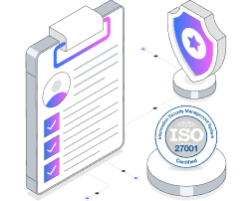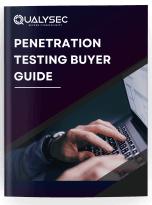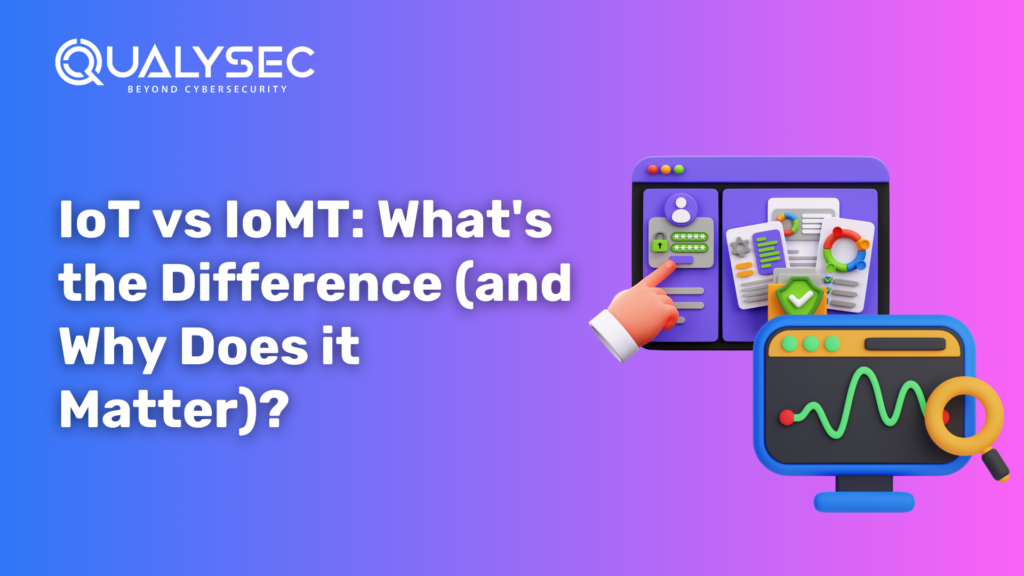IoT vs IoMT: What’s the Difference (and Why Does it Matter)?
The Internet of Things (IoT) has revolutionized the way technology connects devices and transforms industries. But if you’ve recently heard someone mention the Internet of Medical Things (IoMT), you might be wondering how it differs from IoT—and why it’s gaining so much attention in healthcare. This blog will walk you through the essential differences between IoT and IoMT, explain how they work, and explore how they impact industries like healthcare and beyond. By the end, you’ll have a clear understanding of both concepts and their potential to shape the future. What is IoT? The Internet of Things (IoT) refers to a network of interconnected devices that communicate through the internet. These devices collect, transmit, and sometimes analyze data to optimize processes, improve efficiency, or provide insights. IoT is now a vital part of industries such as manufacturing, agriculture, logistics, and smart home systems. How Does IoT Work? IoT devices rely on sensors, software, and other technology to interact with their environment and exchange data. For example: Key components in IoT include: IoT Key Applications IoT plays a transformative role across industries: By enabling operational efficiencies and data-driven decisions, IoT has reshaped how businesses operate globally. What is IoMT? IoMT, or the Internet of Medical Things, is a specialized subset of IoT designed specifically for healthcare applications. It includes connected medical devices, sensors, software systems, and healthcare platforms that collect and share patient data. IoMT is transforming how medical services are delivered, enabling increased precision and accessibility in patient care. How Does IoMT Work? Similar to IoT, IoMT relies on connected devices and networks, but its primary goal is improving health outcomes. Here is how: IoMT often integrates with electronic health records (EHRs), patient management systems, and predictive analytics tools. Latest Penetration Testing Report Download IoMT Key Applications IoMT’s applications primarily focus on patient wellness and operational healthcare efficiency: Telehealth: Enables remote consultations between doctors and patients, reducing travel needs for non-urgent visits. Chronic Disease Management: Devices help manage ongoing conditions like diabetes or hypertension through continuous updates to healthcare providers. Medication Adherence: Smart pill dispensers remind patients to take their prescribed doses on time. Hospital Operations: IoMT devices optimize patient flows, inventory levels, and resource allocation in clinical settings. With IoMT, the healthcare industry can deliver better services at reduced costs while empowering patients to take charge of their health. What’s the Difference Between IoT and IoMT? While IoT and IoMT share common technological principles, their differences stem from their focus and applications. Below are the key differences: 1. Purpose IoT: Focuses on connecting devices to improve efficiency across various industries. Examples include smart home automation, supply chain optimization, and wearable fitness trackers. IoMT: Focuses exclusively on healthcare, to enhance patient care, improve diagnostics, and streamline clinical operations. Examples include continuous glucose monitoring devices and automated medication dispensers. 2. Regulations and Privacy Standards IoT: Fewer regulations govern IoT devices. The primary concern often relates to privacy and cybersecurity risks in consumer products like cameras or sensors. IoMT: Heavily regulated to meet healthcare-specific standards like HIPAA (in the U.S.) and GDPR. Data privacy, security, and patient safety are critical factors in IoMT deployment. 3. Data Sensitivity IoT handles general data like weather updates, room temperature, and supply chain statistics, which are often non-sensitive. IoMT deals with sensitive patient health information (PHI). Any breaches can have far-reaching consequences for individuals and institutions. 4. Infrastructure IoT devices use standard connectivity like Wi-Fi, Bluetooth, or Zigbee networks to communicate, often optimizing consumer-grade usability. IoMT often relies on secure, high-speed networks that align with medical-grade infrastructure, such as edge computing for instant data processing and 5G networks for faster data transmission. 5. End-User Impact IoT benefits a wide range of industries, from consumers using smart home gadgets to logistics companies optimizing their operations. IoMT directly impacts patient care and healthcare ecosystems. Its solutions often replace or enhance traditional healthcare workflows. Key Overlaps Despite their differences, IoT and IoMT intersect in areas such as wearable technology. For example, a Fitbit device can serve personal fitness goals (IoT context) or inform healthcare decisions (IoMT context). Talk to our Cybersecurity Expert to discuss your specific needs and how we can help your business. Schedule a Call Why Understanding the Difference Matters For businesses exploring connected device solutions or healthcare providers leveraging IoMT technologies, knowing these differences can mean the difference between success and failure. 1. Align Technologies with Goals Clear knowledge of IoT and IoMT capabilities allows companies to choose the most appropriate technology to meet their needs. While IoT excels in enhancing efficiency, IoMT becomes essential when the focus is on patient care and health outcomes. 2. Make Smart Investment Decisions Both IoT and IoMT systems require significant investment. By understanding where each technology thrives, decision-makers can allocate resources more strategically while maximizing ROI. 3. Understand Risk Management Strategies IoMT demands higher levels of compliance, security, and reliability compared to standard IoT scenarios. Businesses operating in healthcare must adopt risk management practices tailored to IoMT, ensuring devices and data comply with strict regulations and minimize vulnerabilities. The Paradigm Shift IoMT Brings to Healthcare IoMT is not just a derivative of IoT landscape, it represents a transformational shift in the healthcare industry. Its devices enable earlier disease detection, more effective treatments, and substantial cost savings for healthcare systems. For example, McKinsey estimates that IoMT could save global healthcare systems over $100 billion annually by improving operational efficiency and patient care. When time and accuracy can save lives, IoMT solutions like RPM wearables and telemedicine tools act as game-changers. It’s no wonder healthcare providers are increasingly prioritizing IoMT in their strategies. Wrapping up! IoT has revolutionized countless industries by enabling smarter cities, homes, and businesses. IoMT builds on that foundation, propelling the healthcare sector into a connected future where life-saving interventions happen in real-time. For business professionals, technology enthusiasts, and healthcare innovators, understanding the nuanced difference between IoT and IoMT is crucial. It’s not just about technology—it’s about transforming how we live and care for one another. Explore





